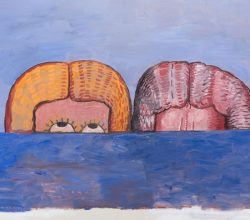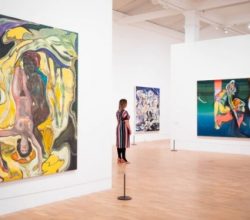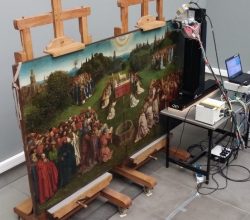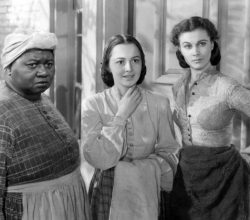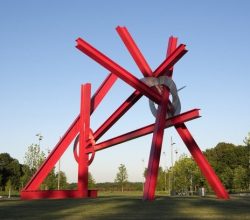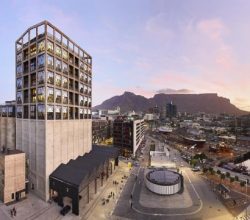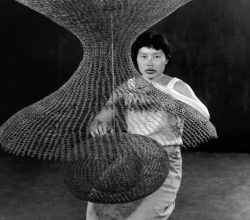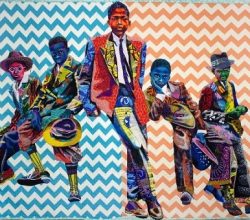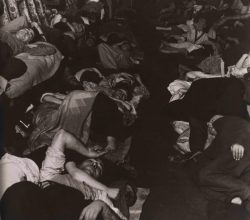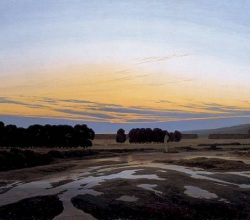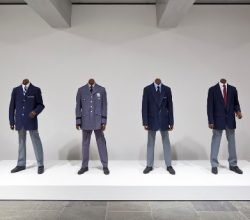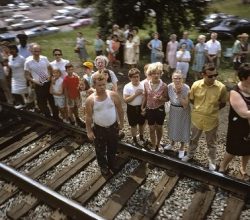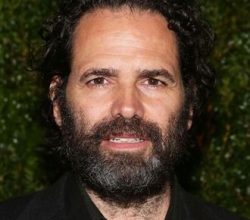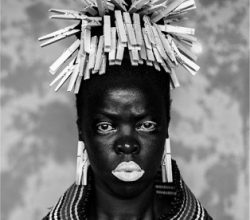
Zanele Muholi: Art and activism
Hannah Abel-Hirsch | British Journal of Photography | 28th July 2020
Post-apartheid South Africa has significant violence against the black LGBTQ community. Muholi confronts this reality with portrait photography that is widely acclaimed for its beauty and impact. What gives the work its distinction is its duality – simultaneously “mourning and celebrating” black lives. “Most confrontations begin with our faces. And to face the camera is … to make yourself both vulnerable and powerful at once.”

